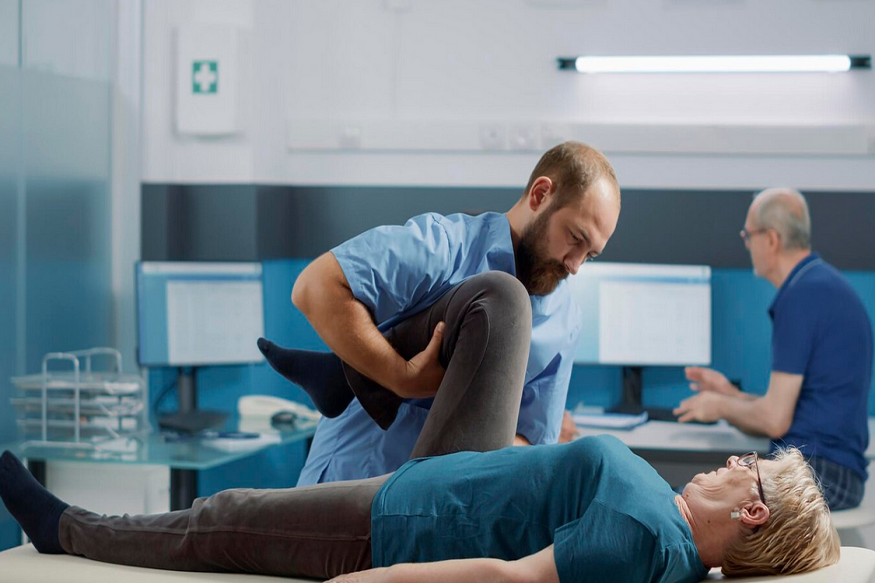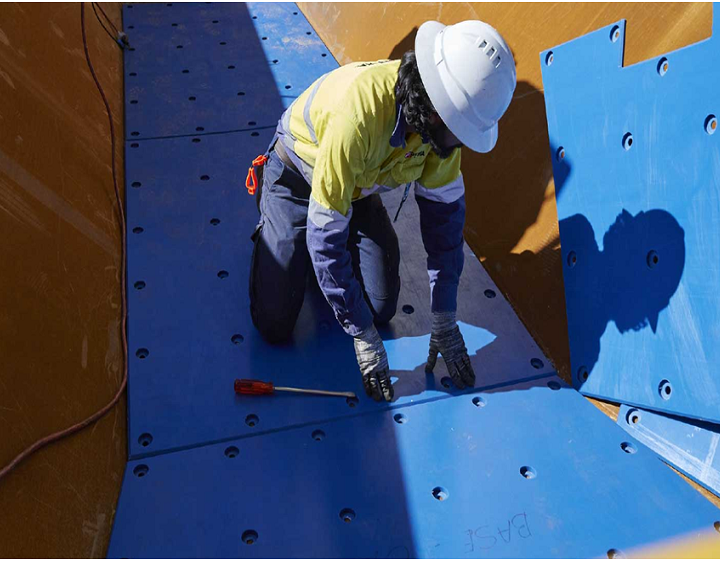Exercise plays a central role in spinal recovery, helping patients rebuild mobility, restore strength and support long-term spinal stability. But recovery is rarely linear, and no two patients heal the same way. Dr. Larry Davidson, a leading expert in spinal surgery, acknowledges that one-size-fits-all rehab plans often miss the mark, especially when injuries, surgical approaches and recovery timelines differ so greatly.
Artificial intelligence is helping to close that gap. By analyzing clinical records, surgical data and real-time performance feedback, AI systems can guide the development of personalized exercise plans that evolve with the patient. This method enhances movement safety, mitigates re-injury risk and enables clinicians to make more informed, timely adjustments throughout the recovery process.
Why Personalization Matters in Spinal Rehabilitation
Spinal recovery involves many moving parts. Patients may face pain, stiffness, nerve sensitivity, surgical site healing or spinal instability, all of which influence how they move and respond to physical activity. Some may benefit from aggressive mobility work, while others require cautious progression.
Traditional protocols often follow preset templates, adapted manually by therapists based on periodic assessments. This reactive model limits how quickly exercise plans can adjust to the patient’s evolving condition. AI changes the game by proactively modifying exercises based on real-time feedback and predictive modeling.
What Data AI Uses to Build Personalized Protocols
AI is making rehab smarter by pulling together a wide range of patient data to create more effective, personalized recovery plans. Pre-op imaging and spinal alignment scans help identify structural issues, while surgical notes and details about hardware placement shed light on movement restrictions and healing needs. Tools like wearables and EMG devices track things like range of motion and muscle activity, giving the system a real-time picture of what the body can actually do.
Pain scores, activity logs and recorded recovery milestones offer additional context on how a patient is progressing and tolerating activity. AI also considers comorbidities such as arthritis, osteoporosis or prior injuries, ensuring that each exercise protocol accounts for broader health conditions. Machine learning models use this combined data to establish safe movement patterns, optimal repetition volumes and targeted progressions at every stage of recovery.
Real-Time Adjustments Based on Patient Performance
One of the most powerful aspects of AI-assisted rehabilitation is adaptability. As patients complete exercises, whether in a clinical setting or at home, data from smart sensors, apps or therapist input is fed back into the system. If a patient struggles with a certain motion or shows signs of discomfort, the protocol can be modified immediately.
For instance, if spinal flexion causes a pain spike, AI may suggest substituting extension-based movements or reducing intensity. If mobility improves faster than expected, the system can introduce more advanced challenges to prevent stagnation and build strength progressively.
Enhancing Therapist Efficiency and Accuracy
AI doesn’t replace the therapist; it augments their capabilities. Rehab professionals can use AI-generated recommendations as a starting point for designing individualized plans. This reduces time spent on trial and error, allowing therapists to focus on hands-on assessment, patient motivation and technique supervision.
AI also provides objective performance tracking, reducing reliance on subjective feedback alone. By flagging early signs of fatigue, overtraining or lack of progress, therapists can intervene with greater precision and confidence.
Empowering Patients with Adaptive Home Programs
Many spine patients continue their recovery at home between clinical sessions. AI-driven rehabilitation platforms offer personalized exercise apps that adjust automatically based on user input and motion tracking. These systems help patients maintain consistency, receive guided feedback and stay engaged without needing to return to the clinic as often.
Patients are more likely to adhere to home programs that feel customized and relevant. AI keeps workouts fresh and appropriately challenging, encouraging compliance and reinforcing long-term mobility habits.
Monitoring Risk and Preventing Re-Injury
Overexertion and improper technique can lead to setbacks in spinal recovery. AI helps prevent this by detecting risky movement patterns and issuing alerts or modifications. For example, if a patient demonstrates lumbar compensation during core exercises, the system may suggest simpler modifications or lower resistance.
AI can model the risk of re-injury based on patient behavior and recovery speed, allowing the care team to pace progression more safely. By emphasizing prevention, the technology supports not just healing but long-term spine health.
Integrating AI With Wearables and Smart Equipment
Modern rehab tech often integrates AI with smart exercise equipment, resistance bands, posture sensors or pressure mats. These tools provide real-time biomechanical data, which AI interprets to make accurate adjustments to form, load and duration.
These insights are critical for spine patients with mobility limitations or balance issues. A dynamic system that responds to posture, tempo and effort in real time creates a safer and more interactive rehabilitation experience.
Supporting a Holistic, Goal-Oriented Recovery
AI-driven rehab isn’t just about physical performance; it also considers patient goals and lifestyle. Whether a patient wants to return to manual labor, yoga or simply walking without discomfort, AI systems can structure protocols around those goals.
This level of personalization increases motivation and engagement by aligning therapy with what matters most to the patient. As Dr. Larry Davidson puts it, “AI will enable us to quickly review and summarize existing medical literature,” giving care teams access to insights that support more informed, goal-driven rehabilitation plans.
Ensuring Ethical Use and Oversight
Despite its advantages, AI in rehabilitation must be used responsibly. Licensed professionals should review all recommendations, and patients must consent to the use of their recovery data. Personal information must be protected through secure platforms that comply with medical data privacy standards.
AI should support clinical reasoning, not replace it. When used ethically, it becomes a powerful ally in improving recovery outcomes and supporting human expertise with smart, responsive tools.
The Future of Spine Recovery Exercise
As AI continues to evolve, future rehabilitation programs may become even more intelligent. Natural language feedback, virtual coaches and even emotion-aware platforms may soon become standard. These systems will recognize when a patient is hesitant, fatigued or frustrated and adjust accordingly.
AI may also integrate with other health data streams, such as sleep, nutrition or mental health, to deliver truly comprehensive rehabilitation programs that support the patient as a whole.
Smarter Movement, Better Healing
Personalized rehabilitation is no longer limited to observation and manual adjustments. With AI, spinal recovery can evolve in real time, guided by data and shaped around each patient’s condition, goals and progress.
By supporting safer movement, improving engagement and reducing the risk of re-injury, AI is helping spine care teams deliver more efficient and responsive recovery plans. As these tools continue to advance, the future of rehabilitation will be defined by care that adapts to the patient,not the other way around.






